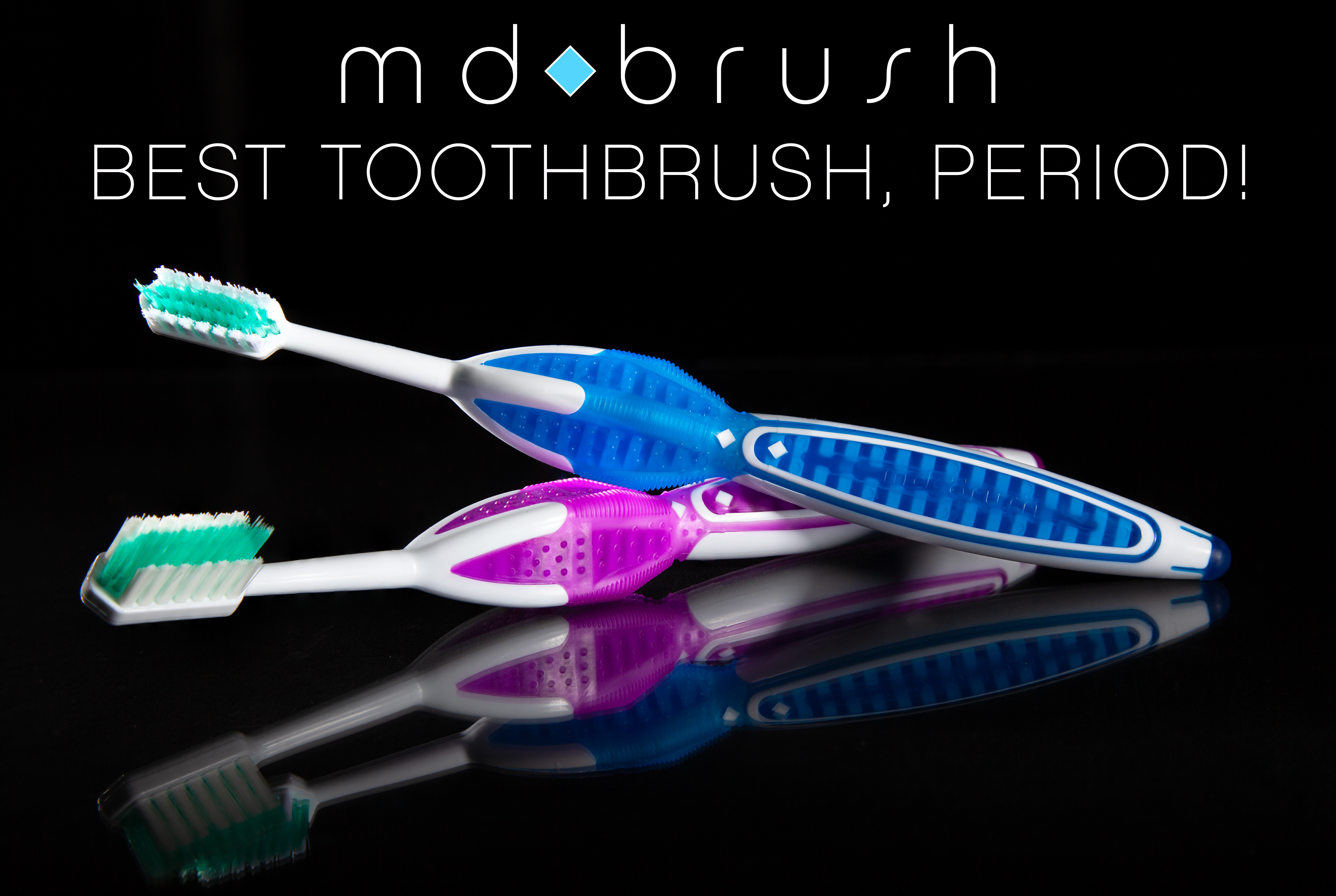Extraction And Tooth Removal
There are several reasons a tooth may need an extraction
- Decay has reached inside the tooth and destroyed a large section
- Periodontal disease has destroyed a significant amount of bone causing the tooth to become loose
- Overcrowding
If a tooth is partially exposed or erupted, a dentist will recommend an extraction. In this scenario, bacteria can occupy the areas around the tooth causing an infection that can destroy the surrounding bone. This not only affects the tooth in question but can also spread to adjacent teeth triggering additional bone loss. Impacted teeth create enormous pressure as they try to erupt which can damage the roots of teeth nearby. Removing the impacted tooth relieves the pressure and eliminates the plaque trap caused by a tooth that will not erupt.
How are teeth extracted?
First, dental surgeons take an x-ray to make sure the extraction won’t affect nerves in the jaw or face. This is usually accomplished with a panoramic x-ray that scans the entire skull. The x-ray will determine the degree of difficulty and if any special post-operative instructions are needed. Some teeth especially wisdom teeth will require the expertise of an oral surgeon.
Once its determined that an extraction is necessary a local anesthetic will be given in the form of an injection. This will numb the area around the tooth and the tooth itself.
Simple extractions will first be loosened with an elevator and then pulled with a pair of forceps. It may also be necessary to smooth the bone around the socket and close the wound with a stitch. Some dentists also like to pack synthetic bone into the extraction socket to help rebuild the bone. This is important if the patient is considering placing an implant in the area of the extraction.
What should you expect after the extraction?
Immediately after the extraction, your dental dentist will have you bite down on a piece of gauze for several minutes. This ensures a reasonable blood clot forms in the extraction site. After that, the blood clot will accelerate healing and prevent the formation of a dry socket. In addition, it’s important to avoid smoking or cleaning the extraction site. Smoking and rinsing can remove the clot resulting in a painful dry socket.
You should expect a certain amount of discomfort with an extraction. Depending on the difficulty of the extraction, your dentist may recommend an OTC pain killer or may prescribe a stronger one through your local pharmacy. Dentists recommend soft foods as well as lite rinsing with saltwater to soothe the wound. Do not rinse too vigorously. Remember there is a blood clot in the socket that’s important to keep in place. Dental surgeons do not recommend any activities that increase your blood pressure afterward. Additionally, professionals recommend a cold compress. The discomfort will decrease substantially by the third day and normal activities can resume shortly thereafter. If the pain does not diminish contact your dentist to see if a dry socket has formed.
Once The area has healed it’s important to maintain adequate oral hygiene with a good toothbrush and flossing should be done at least three times per week.



